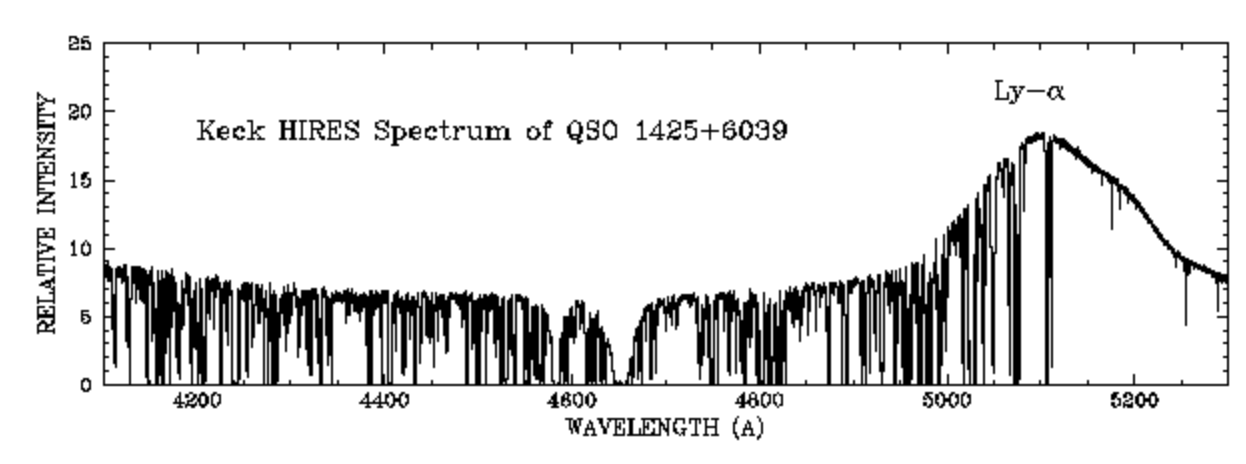Let me give some simple explanations.
No, no, no. 95% of the photons don’t reach Earth. Even if 5% of photons emitted (within a few seconds) just by one star, say, by our Sun had reached Earth, our planet would have been completely scorched! Now then, Andromeda has hundreds of billions of stars (or suns). Nothing of that reaches us, except for an infinitesimally small number. It’s mind-boggling how small the percentage of photons that reach us is! You can try to calculate that very roughly. It is very easy to calculate what percentage of photons emitted by the Sun reaches Earth. And the Sun is only 8 minutes away from Earth, while Andromeda is more than 2.5 million years away! So, actually, it’s not that difficult to imagine how many photons reach us.
Now, why don't asteroids, planets or stars block everything? Andromeda is way too large to be blocked like that! It’s easier to block the view of the Pacific Ocean from space by placing a few specks of dust in between! The diameter of Andromeda is more than 200 million light years. Can we block it from view? Actually it can be blocked by something as large as a nebula close to our solar system. Such a nebula must be many light years in diameter; it must be dense enough; and not too far away. Thankfully nothing like that blocks this beautiful galaxy from our view. However it happens with some other galaxies and deep space objects. As to very distant nebulas, they won’t block Andromeda from our view because they will look way too small against the background of Andromeda which is much further away.
Why is light not scattered? Why should it be scattered that much to make Andromeda blurry? When the Moon is on the horizon, its light travels through many hundreds of miles of dense atmosphere almost parallel to the surface of Earth; yet, we can still train our telescopes on it and see the various features of the Moon. It would not be a very clean view but we would still see a lot. Now, in space light travels through an almost complete vacuum, especially empty is the void between galaxies. So, there’s no reason for light to be scattered too much. Photons and many other particles are stable enough and can travel much larger distances: billions of light years. Another way to look at it is to ask a question how much photons should deviate from their straight path so that Andromeda becomes blurry to us. Well, they have to go sideways a lot, and the diameter of Andromeda is too huge for that. That doesn’t seem logical, as photons travel in straight lines. Large objects, like stars and black holes will affect their path but the diameter of Andromeda is so huge that it is not an option, unless we artificially place trillions of black holes along the line between Andromeda and our solar system in an attempt to warp the image of Andromeda or to make these black holes gobble up all the light from the galaxy! So, when astronomers say most of the light reaches us, they mean that intergalactic space is almost complete vacuum, and the photons that go exactly in our direction are “free” to go. Yet, only an infinitesimally small number of them go exactly in our direction and it is still enough for nice photos. Why? That's why:
The absolute magnitude (relative luminosity against that of an object $40$ times brighter than the Sun at a distance of $33$ light years away) of Andromeda is around $-21.5$. Our Sun is only around $5$. The higher the number the dimmer the object. An object with an absolute magnitute of $1$ would be $2.5^{5-1}=40$ times brighter than the Sun. The difference between Andromeda and our Sun is $-21.5-5=-26.5$. This means Andromeda is very roughly $2.5^{26.5}\approx 40,000,000,000$ times brighter than the Sun.
As to how large it is in the night sky, well, lengthwise it is roughly six times the diameter of the moon but you can only see the bright central part. To see the whole extent you need a large aperture telescope and long exposure photography to gather more light and produce a better, more detailed image.
Hope, this primitive explanation will be of some help. Andromeda is visible today if weather permits :)



